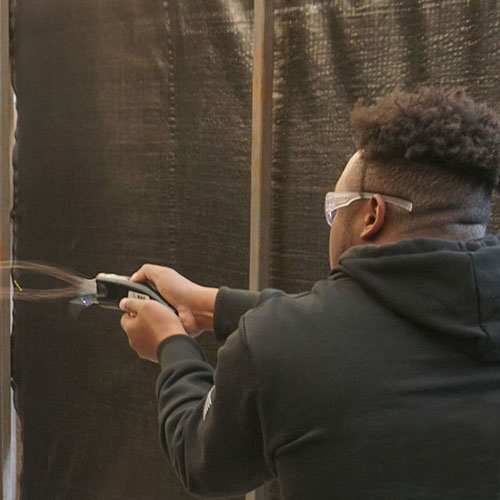Taser Training
Gladius Tactical’s Taser Training and Certification course teaches you how to utilize a Taser as a non-lethal method of self-defense. The curriculum is broken into three sections: lecture, demonstration, and scenario method. Taser training enables students to learn how to use a Taser as an effective, non-lethal means of self-defense. To use a Taser properly and safely, you need to undertake training. Training provides an in-depth understanding of how a Taser works, how it should be employed, and when it should be used.
The Taser training course is divided into three key sections, which form a comprehensive curriculum; these include lecture, demonstration, and scenario training.
 Taser training is recommended for anyone who may find themselves in a situation where they need to employ a Taser to protect themselves or others, for example, military personnel, security professionals, police officers, and bodyguards. If you’re hoping to pursue any of these career options, or you’re already in a similar role, and you’d like to enhance your training, our Taser training course could be hugely beneficial for you.
Taser training is recommended for anyone who may find themselves in a situation where they need to employ a Taser to protect themselves or others, for example, military personnel, security professionals, police officers, and bodyguards. If you’re hoping to pursue any of these career options, or you’re already in a similar role, and you’d like to enhance your training, our Taser training course could be hugely beneficial for you.
VIEW SCHEDULE
Taser Training Course Overview
The aim of Taser training is to equip students with the knowledge and practical skills to operate and employ a Taser with proficiency, confidence, and composure. A Taser can be a very effective self-defense weapon, but it’s essential that those who have possession of a Taser understand how and when to employ it.
- Understand how the ECD device overrides and controls the sensory and motor functions of the nervous system or combative subject: To understand how the ECD affects the central nervous system and the impact a Taser has on the body: a Taser overrides the sensory system, affecting motor functions and the ability to experience and process sensations.
- Legal aspects of an ECD: To understand the legal implications of using an ECD; this is not a weapon that should be employed in any scenario that doesn’t warrant the necessity to protect yourself or to take steps to protect others from danger.
- Be able to reload in a safe and proper manner.
- Learn proper finger positioning for aiming and firing.
- Safe handling of the ECD.
- Pre- and post-deployment protocol.
- Fully understand the probe placement and ballistics.
- Learn how to utilize the laser and fixed sights.
- Understand probe placement and ballistics.
- Ability to draw, hit a target, and reload at various targets.


